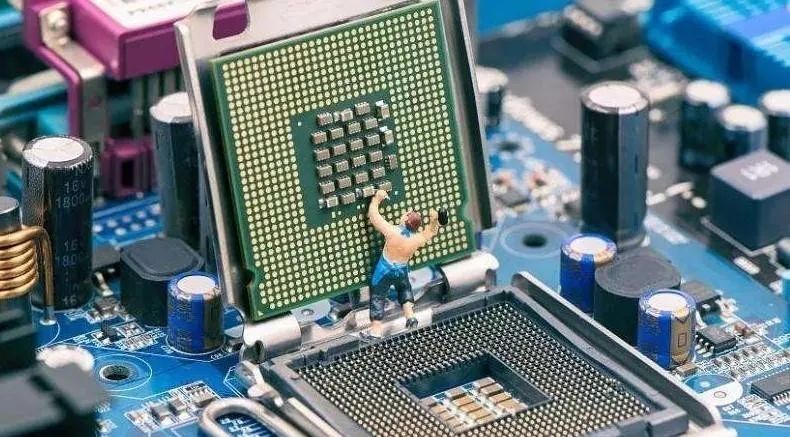🌟 Introduction
Printed Circuit Boards (PCBs) are the unsung heroes of data center technology! 💻 As AI, cloud computing, and big data analytics explode, efficient PCB design and PCBA (Printed Circuit Board Assembly) have become critical to maintaining a competitive edge. This guide reveals how customized PCB solutions can boost data center performance, reduce energy consumption, and adapt to future trends! 🚀
🔌 Why Dedicated PCBs Matter in Data Centers
✅ Enhanced Performance 🚀: Custom PCBs handle high-speed data processing for AI workloads, edge computing, and IoT connectivity.
✅ Space Optimization 📏: High-Density Interconnect (HDI) PCBs maximize functionality in compact server racks.
✅ Smart Power Distribution ⚡: Minimize energy loss while aligning with green data center standards.
✅ Seamless Integration 🤖: Simplify compatibility with 5G networks, server clusters, and storage systems.
✅ Long-Term Cost Savings 💰: Reduce maintenance costs and extend hardware lifespan.
🧩 Customization & Flexibility in PCB Design
Modern PCBs integrate four core layers (substrate, copper, solder mask, silkscreen) plus critical components:
- High-performance processors 🧠
- Multilayer capacitors/resistors 🔋
- High-frequency inductors 📡
AI Revolution 🤯: Machine learning algorithms optimize layouts, reduce signal interference, and improve yield rates!
💸 Budget-Friendly PCB Strategies
📉 Six-Layer PCBs Dominate: Simple designs cut costs while meeting most data center needs.
🏭 Scalable Production: Standardized designs for 500+ heavy-duty PCBs simplify procurement and maintenance.
🌡️ Thermal Management: The Lifeline of Data Centers
🔥 Cooling Solutions:
- Thermal vias + conductive pads 🌀
- Active cooling systems ❄️ (e.g., liquid cooling)
- Intelligent component placement 💨
🔬 Quality Assurance for Reliable PCBs
🔎 Visual Inspections: Identify misalignments or defects.
📊 In-Circuit Testing (ICT): Validate individual component functionality.
⚙️ Functional Testing: Simulate real-world loads to detect signal distortion.
🚀 Future Trends: AI & Sustainability
🌍 Eco-Friendly Materials: Bio-based substrates and lead-free soldering.
🤖 AI-Driven Design: Autonomous optimization for high-speed layouts (6G-ready).
🔌 Rigid-Flex PCBs: Adapt to modular data center architectures.
📝 Conclusion
PCBs are not just hardware foundations but catalysts for technological evolution! 🏗️ With customized designs, intelligent thermal management, and AI optimization, businesses can build efficient, sustainable digital infrastructure. 💡




